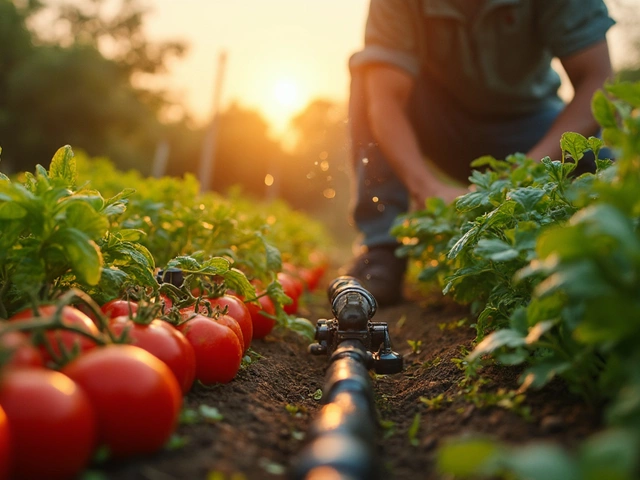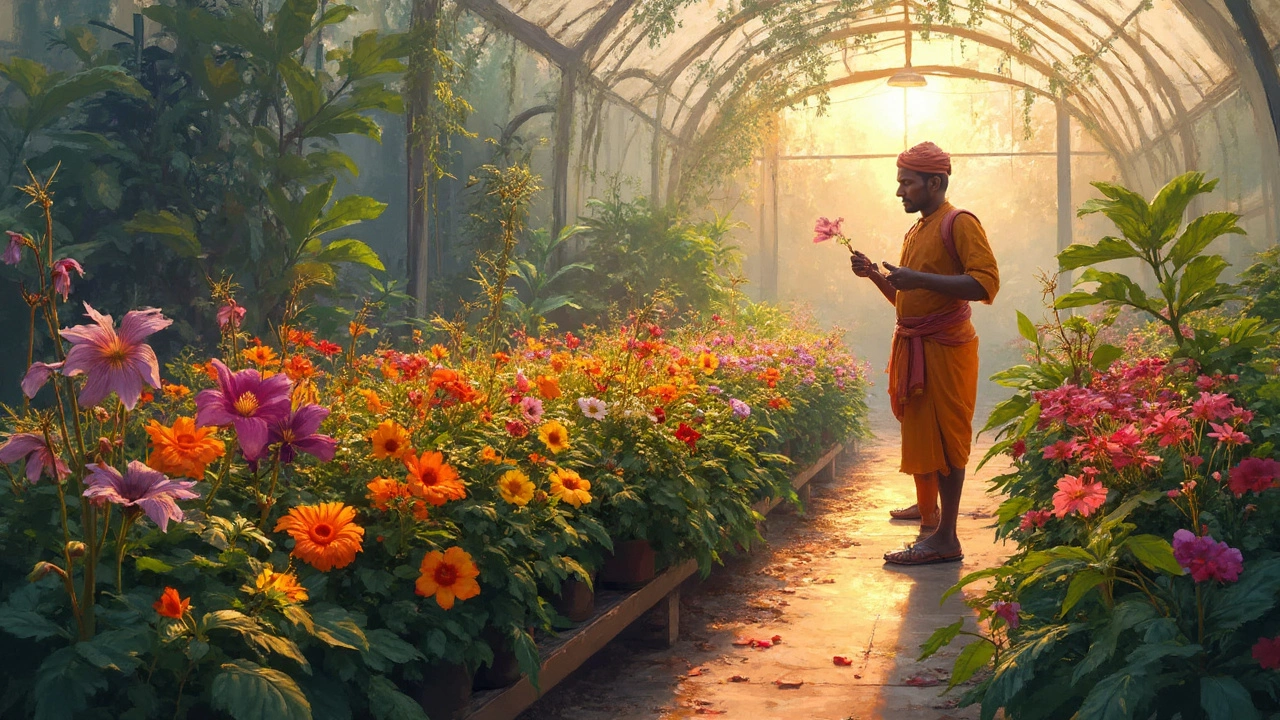Flowers Not to Grow in Indian Gardens – What to Skip
Thinking of adding more color to your garden? First, check if the flower you love can actually survive here. Planting the wrong species eats up water, fertilizer, and your patience. Below are the most common culprits that never really belong in Indian gardens.
Climate‑Mismatched Flowers
India’s climate ranges from humid tropics to dry plains, but most regions experience hot summers and a monsoon season. Flowers that need cool, temperate weather – like hydrangeas or azaleas – wilt quickly once the mercury climbs above 30°C. Even if you grow them in a shaded corner, the heavy rains will rot their roots.
Another frequent mistake is planting tulips as annuals. Tulip bulbs need a cold period of at least six weeks to bloom properly. Without that chill, they stay dormant and never flower. Saving a bag of bulbs for a garden that can’t give them winter is just wasteful.
Similarly, daffodils love a crisp winter but struggle in the warm, moist soil of coastal areas. They may sprout leaves, but the flowers often turn yellow and drop early. If you really want a springshow, pick native bulbs like marigold or calendula instead.
High‑Maintenance or Pest‑Attractive Choices
Some beautiful blooms demand constant care that most home gardeners can’t keep up with. orchids look stunning, yet they need precise humidity, airflow, and a specific potting mix. In a typical Indian balcony, the humidity swings too much, and the plants end up rotting.
Another group to avoid are plants that attract pests without offering any benefit. peonies, for example, are prone to aphid infestations in warm weather, and the sticky honeydew can invite mold. You’ll spend more time spraying than enjoying the flowers.
Don’t forget about water‑hungry vines like wisteria**. They need deep, well‑drained soil and several years to establish. In regions with erratic monsoon rains, the roots can suffer from waterlogging, leading to root rot.
Lastly, steer clear of evergreen roses that require yearly pruning and heavy feeding. If you miss a few maintenance tasks, the plant will produce weak canes and few blooms.
Instead of fighting against nature, choose varieties that love the local conditions. Native species such as hibiscus, marigold, lotus, and jasmine thrive on the heat, tolerate the rains, and usually need less fertilizer.
Before you buy any new plant, ask yourself: Does it handle high temperatures? Can it survive monsoon waterlogged soil? Does it demand a lot of pruning or special soil? If the answer is “no” to any of these, put it back on the shelf.
By avoiding the common losers listed above, you’ll spend less on inputs, reduce garden stress, and see more blooms throughout the year. Happy planting!
What Not to Grow in a Greenhouse: Avoid These Flower Flops
Greenhouses offer a controlled environment for growing various plants, but not all flowers thrive there. Some plants fare poorly due to temperature, humidity, or space constraints. Knowing which flowers to keep out can save time and energy. Discover which flowers are better left for outdoor gardening in Indian climates.
About
Flower Gardening
Latest Posts
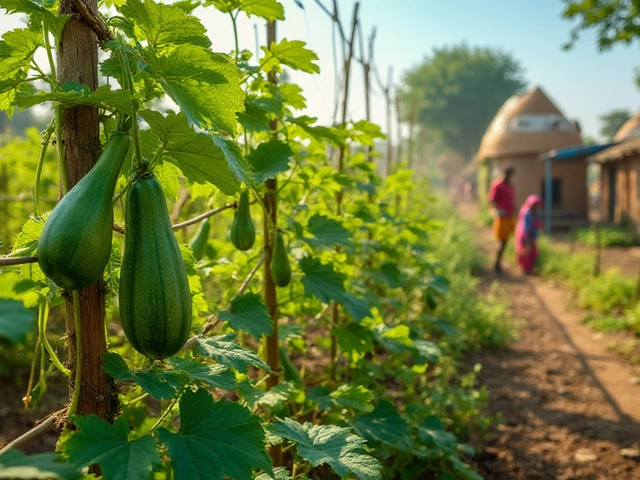
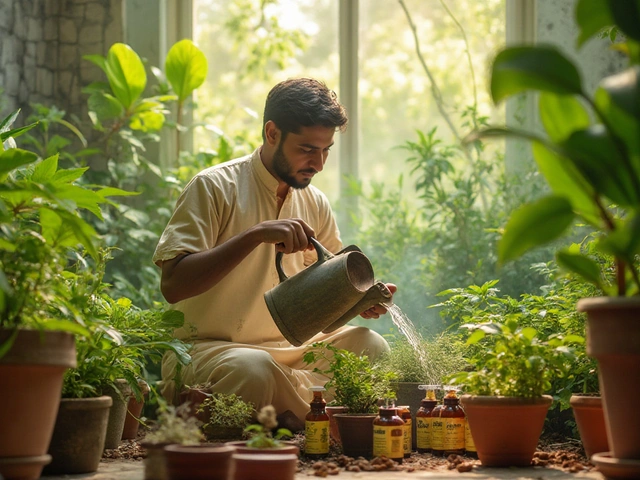
Best Liquids for Boosting Indoor Plant Growth
By Alden Thorne Dec 16, 2024
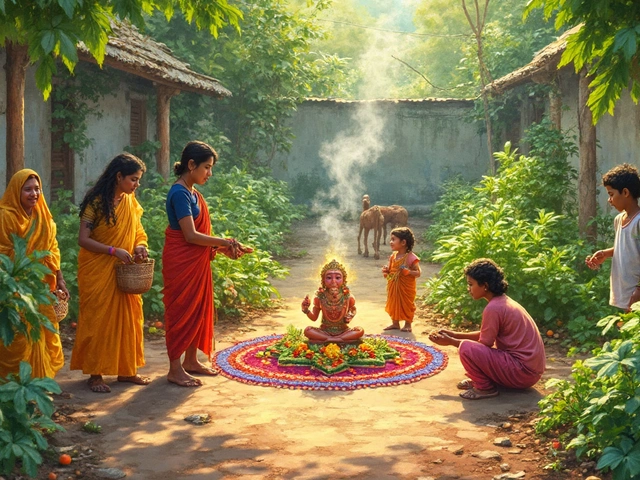
Indian God of Vegetables: Myth, Meaning, and Tips for Better Gardening
By Alden Thorne Apr 26, 2025
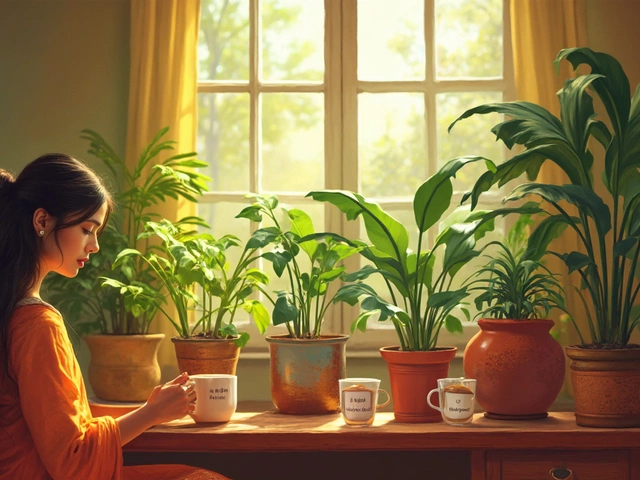
Best Liquid to Water Plants: What Actually Works?
By Alden Thorne May 9, 2025
